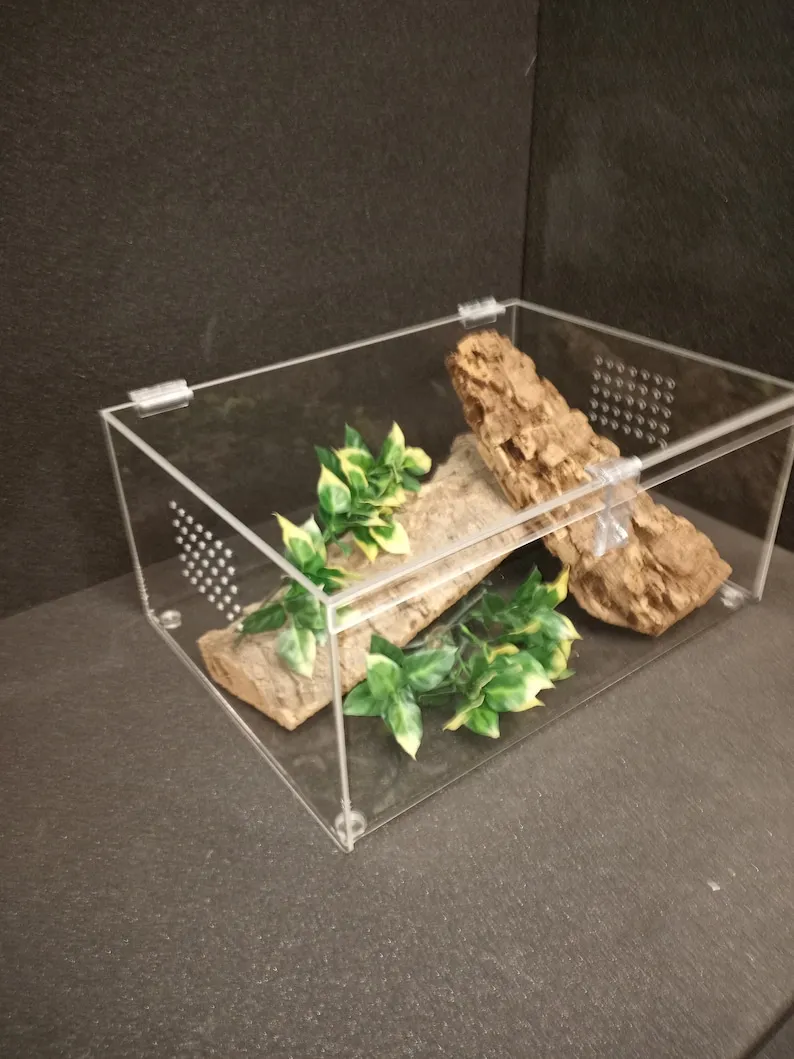What is a Tarantula Cage Kit?
A tarantula cage kit is a comprehensive package designed to provide a safe, comfortable, and enriching environment for your pet tarantula. These kits typically include essential components such as an enclosure, substrate, a water dish, and sometimes even decorative elements. The primary goal of a tarantula cage kit is to replicate the tarantula’s natural habitat, ensuring its well-being and facilitating its growth and development. Selecting the right kit is crucial for the long-term health and happiness of your eight-legged friend, providing it with everything it needs to thrive in captivity. Understanding the components and their importance is the first step toward providing optimal care for your tarantula.
Essential Components of a Tarantula Cage Kit
A well-designed tarantula cage kit comprises several crucial components. The enclosure itself is the foundation, offering a secure and appropriately sized living space. The substrate, or bedding, provides a comfortable surface for the tarantula to burrow and navigate, while also helping to maintain humidity. A water dish is essential for providing a constant source of fresh water. Additional elements such as hides and decorations contribute to the tarantula’s sense of security and enrich its environment. These components work together harmoniously to create a thriving habitat for your tarantula, promoting its health, happiness, and natural behaviors. Careful selection of each element is key to creating an ideal living space for your pet spider.
The Tarantula Cage
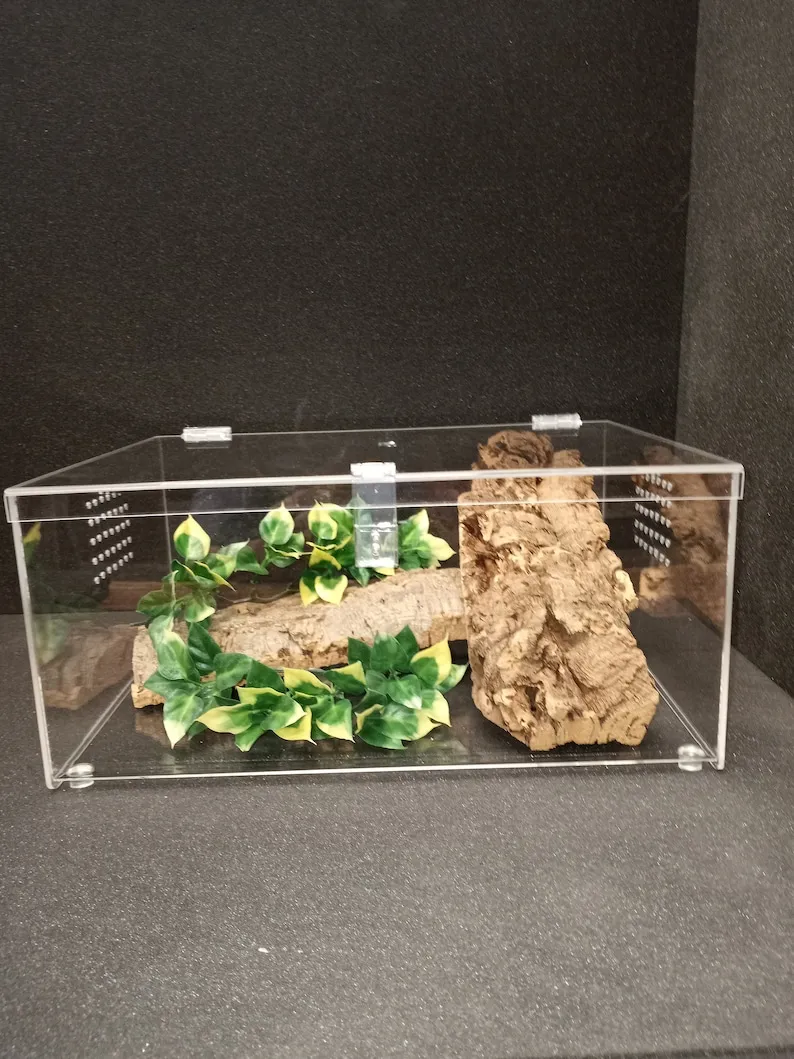
The enclosure, or cage, is the cornerstone of any tarantula cage kit. It provides a safe and secure environment for your tarantula, protecting it from potential hazards and allowing you to control its living conditions. The ideal cage should be made of a durable, non-toxic material such as glass or acrylic. It should also feature secure ventilation to allow for proper airflow while preventing escapes. The size of the cage is a critical factor, as it needs to be large enough to accommodate the tarantula’s adult size while still providing a sense of security. Proper dimensions are vital for the tarantula’s physical and psychological well-being, enabling it to thrive in captivity. Clear viewing panels are an advantage, allowing for easy observation and enjoyment of your tarantula.
Size Matters Choosing the Right Cage
Choosing the correct cage size for your tarantula is of utmost importance. The size of the enclosure significantly impacts the tarantula’s comfort, ability to thrive, and overall well-being. As a general rule, the cage should be at least twice the tarantula’s leg span in width and length. Vertical space is also a consideration, especially for arboreal species that enjoy climbing. Avoid cages that are excessively large, as this can make the tarantula feel insecure and increase the likelihood of escape attempts. Always account for the adult size of your tarantula, providing ample room for growth. A well-sized cage provides a comfortable living space, promoting your pet’s health and natural behaviors.
Ventilation and Security
Proper ventilation and security are paramount for a tarantula’s cage. Ventilation is essential to prevent the buildup of harmful gases and maintain appropriate humidity levels. The cage should have adequate ventilation openings, such as mesh tops or strategically placed vents, to allow for airflow. However, these openings must be secure to prevent the tarantula from escaping. Ensure that the lid or access points are tightly sealed and that any mesh is small enough to prevent the tarantula from squeezing through. Regular inspection of the cage for any potential escape routes is also recommended. A secure and well-ventilated enclosure is essential for the tarantula’s health and safety.
Substrate Selection for Your Tarantula
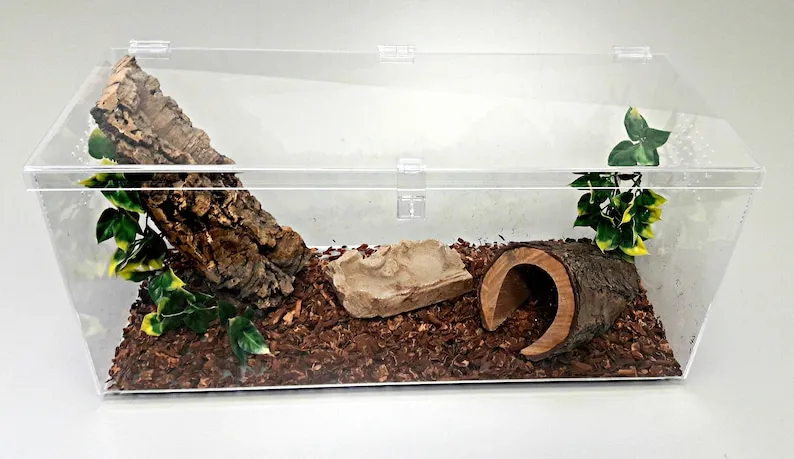
The substrate, or bedding, is another essential component of a tarantula cage kit. It serves several vital purposes, including providing a comfortable surface for the tarantula to walk and burrow, helping to regulate humidity levels, and offering a naturalistic environment. The choice of substrate can significantly impact the tarantula’s well-being, so it is important to select the right type. The ideal substrate should be absorbent, non-toxic, and able to retain moisture without becoming excessively damp. It should also be free of any harmful chemicals or additives. The substrate should be deep enough to allow the tarantula to burrow, which is a natural behavior for many species. Remember, the right substrate contributes significantly to the tarantula’s health and happiness.
Types of Substrate
Several types of substrate are suitable for tarantula enclosures, each with its own advantages and disadvantages. Popular options include coconut fiber, peat moss, vermiculite, and a mix of these. Coconut fiber is a widely used substrate because it retains moisture well, is readily available, and is relatively inexpensive. Peat moss is another good option, but it can be more acidic and may require some adjustment of the pH level. Vermiculite is excellent for maintaining humidity and is often used in conjunction with other substrates. The choice of substrate may depend on the species of tarantula, personal preferences, and the desired humidity levels. A good understanding of these different substrates can help you create the perfect environment for your tarantula.
Moisture and Humidity Control
Controlling the moisture and humidity levels within the tarantula’s enclosure is crucial for its health and well-being. Tarantulas have specific humidity requirements depending on their species and geographical origin. To maintain the correct humidity, regularly mist the substrate with dechlorinated water. The frequency of misting will vary depending on the species and the environmental conditions. It is important to monitor the humidity levels using a hygrometer to ensure they are within the recommended range. The substrate also plays a significant role in moisture retention; selecting an appropriate substrate is essential for maintaining the correct humidity. Avoid overwatering the cage, as this can lead to mold growth and other health problems. Proper humidity management contributes to successful tarantula care.
Hiding Spots and Decor for Your Tarantula
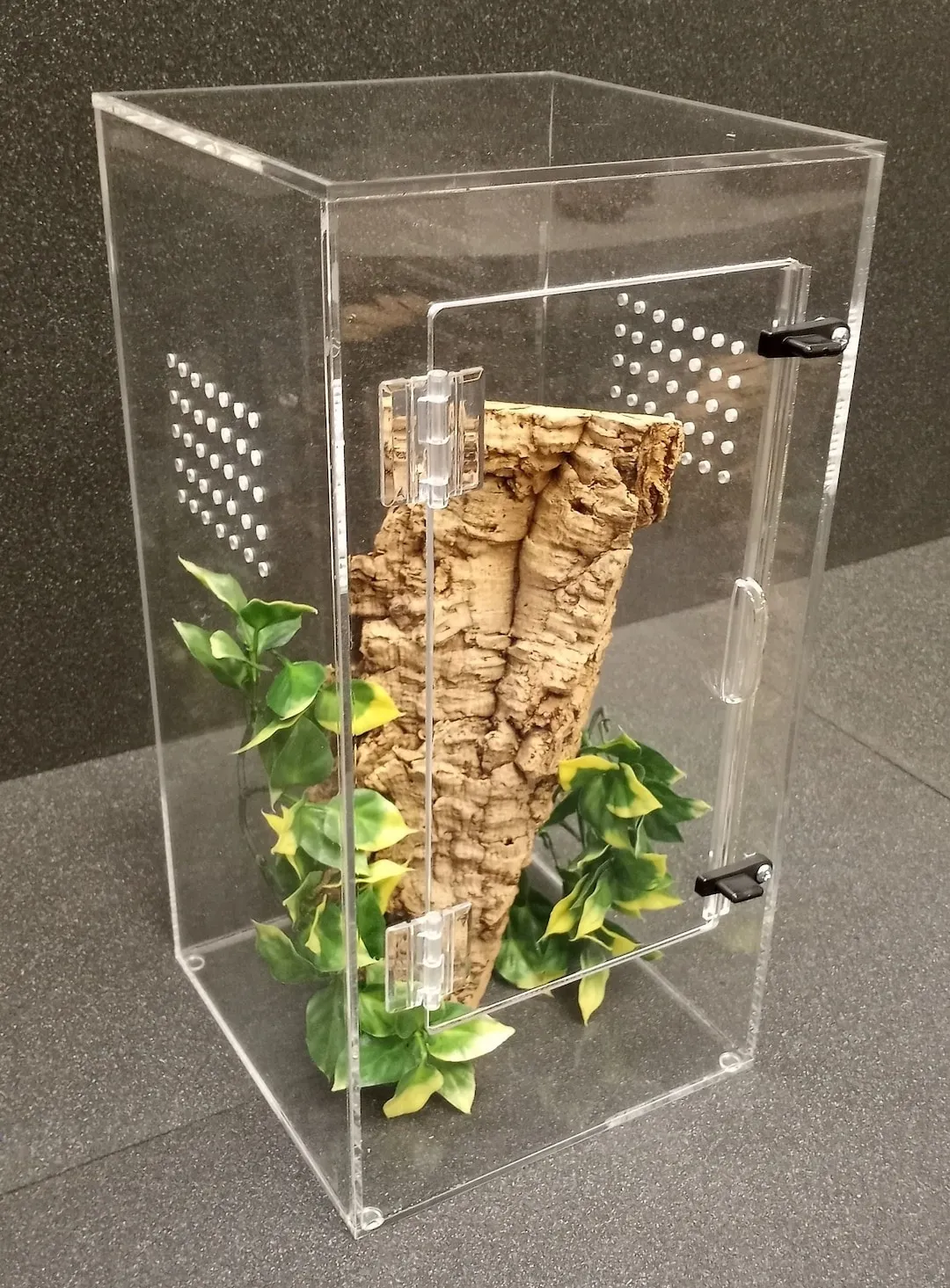
Providing hiding spots and appropriate decor is essential for creating a comfortable and enriching environment for your tarantula. Tarantulas are naturally shy creatures and need secure places to retreat when they feel threatened or want to rest. The hiding spot can be a commercially available hide, a piece of cork bark, or a repurposed item like a half-log. Additionally, adding decor, such as artificial plants or driftwood, can enhance the aesthetic appeal of the enclosure and provide climbing opportunities. The choice of decor should be non-toxic and safe for the tarantula. These elements together provide enrichment and contribute to a natural-looking habitat, allowing your tarantula to feel safe and secure in its home.
Why Hiding Spots Are Crucial
Hiding spots are essential for a tarantula’s psychological well-being. They provide a sense of security and allow the tarantula to retreat from the light and potential disturbances. Having a safe hide reduces stress, which is critical to the tarantula’s health. Tarantulas are naturally prey animals and can become stressed if they do not have a place to hide. When selecting a hiding spot, choose one that is the appropriate size for the tarantula to feel secure inside. This might be a pre-made hide, a piece of cork bark, or even a hollowed-out rock. Providing a secure hiding spot helps your tarantula feel safe and secure in its enclosure.
Popular Decor Options
Many decorative options are available to enhance your tarantula’s enclosure. These can include artificial plants, branches, and driftwood. Artificial plants can add a splash of color and provide additional hiding places. Branches and driftwood offer climbing opportunities, particularly for arboreal species. Ensure that any decor is non-toxic and free of sharp edges that could injure your tarantula. Secure the decorations to prevent them from falling on the tarantula. A well-decorated enclosure not only enhances the aesthetic appeal but also provides enrichment and stimulation for your tarantula.
Heating and Lighting Your Tarantula’s Enclosure
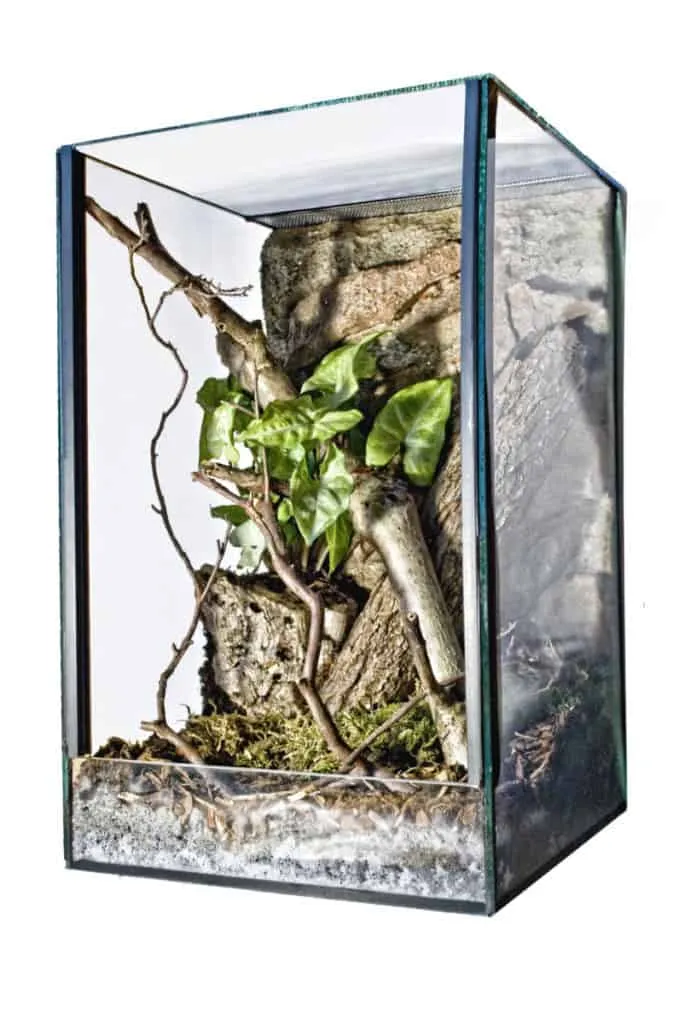
Providing the right heating and lighting is crucial for replicating the tarantula’s natural habitat. Tarantulas are ectothermic, meaning they rely on external heat sources to regulate their body temperature. While most tarantulas do not require specialized lighting, a gentle source of light can help you observe your pet. The temperature and lighting requirements will vary depending on the species. It is essential to research the specific needs of your tarantula. Using a thermometer to monitor the temperature and ensuring there is a suitable temperature gradient is important for their health and well-being. Proper temperature and lighting contribute to the tarantula’s overall health and promote natural behaviors.
Temperature and Humidity Requirements
Maintaining the correct temperature and humidity levels is vital. The ideal temperature range for most tarantulas is between 70-80°F (21-27°C), but this can vary depending on the species. You can use a heat lamp or heat mat to provide warmth. Never place the heat source directly under the enclosure; it should be placed on the side to maintain a safe temperature. Monitor the temperature with a thermometer. Humidity needs vary greatly depending on the species. Some tarantulas thrive in drier environments, while others require higher humidity. Proper temperature and humidity are essential for a tarantula’s health, molting, and overall well-being. Research your species to ensure the correct conditions are in place.
Lighting Considerations
While tarantulas do not require specific lighting for their health, a gentle light source can be helpful for viewing and observing your pet. Avoid using strong or direct lighting, as it can stress the tarantula. A low-wattage LED light or a simple daylight bulb can provide adequate illumination. Ensure the light source does not generate excessive heat. If you do use lighting, it is best to provide a natural day-night cycle. Consider using a timer to control the light cycle. Always prioritize the tarantula’s comfort and well-being when selecting lighting. The right lighting setup enhances visibility while not interfering with the tarantula’s natural behaviors.
Feeding and Watering Your Tarantula
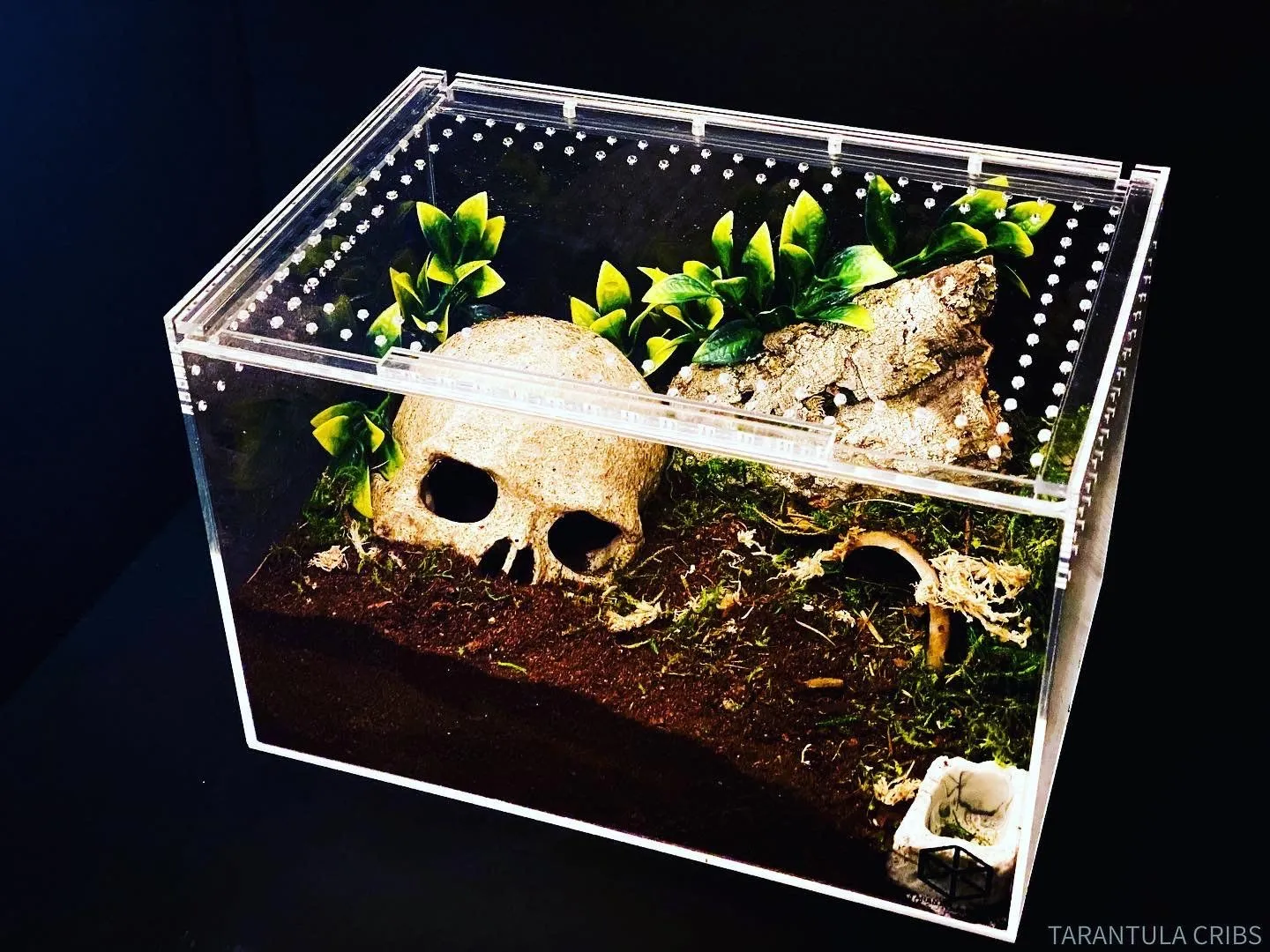
Providing the appropriate food and water is essential to a tarantula’s health. Tarantulas are carnivores, and their diet consists primarily of insects. Offering a varied diet of appropriately sized insects will ensure your tarantula receives the necessary nutrients. Fresh water should always be available in a shallow dish. Proper feeding and watering practices contribute significantly to the tarantula’s well-being and longevity. Careful attention to these aspects is critical in ensuring your tarantula’s survival. Regular feeding and fresh water are essential to its health and promotes its natural instincts.
Feeding Frequency and Prey Selection
The feeding frequency for tarantulas varies depending on the species, age, and size of the individual. Young tarantulas typically need to be fed more frequently than adults. A general guideline is to feed juveniles once or twice a week, while adults can be fed every one to two weeks. The prey size should be appropriate for the tarantula. Avoid feeding prey that is too large, as this can injure your tarantula. Common feeder insects include crickets, mealworms, and roaches. Make sure the insects are gut-loaded with nutritious food before feeding them to your tarantula. Variety in the diet is essential for nutritional balance. Overfeeding can lead to obesity, so it is best to monitor your tarantula’s abdomen to ensure it is not too plump. Always remove uneaten prey after 24 hours.
Watering Techniques
Providing fresh water is crucial for a tarantula’s survival. Always have a shallow water dish available in the enclosure. The water dish should be shallow to prevent the tarantula from drowning. You may need to mist the enclosure to provide extra moisture, particularly for species that require higher humidity. Use dechlorinated water to avoid harming the tarantula. Clean the water dish regularly to prevent bacterial growth. Regularly monitor and refill the water dish. The availability of fresh, clean water is a fundamental aspect of tarantula care and contributes significantly to their health.
Cleaning and Maintaining Your Tarantula Cage Kit
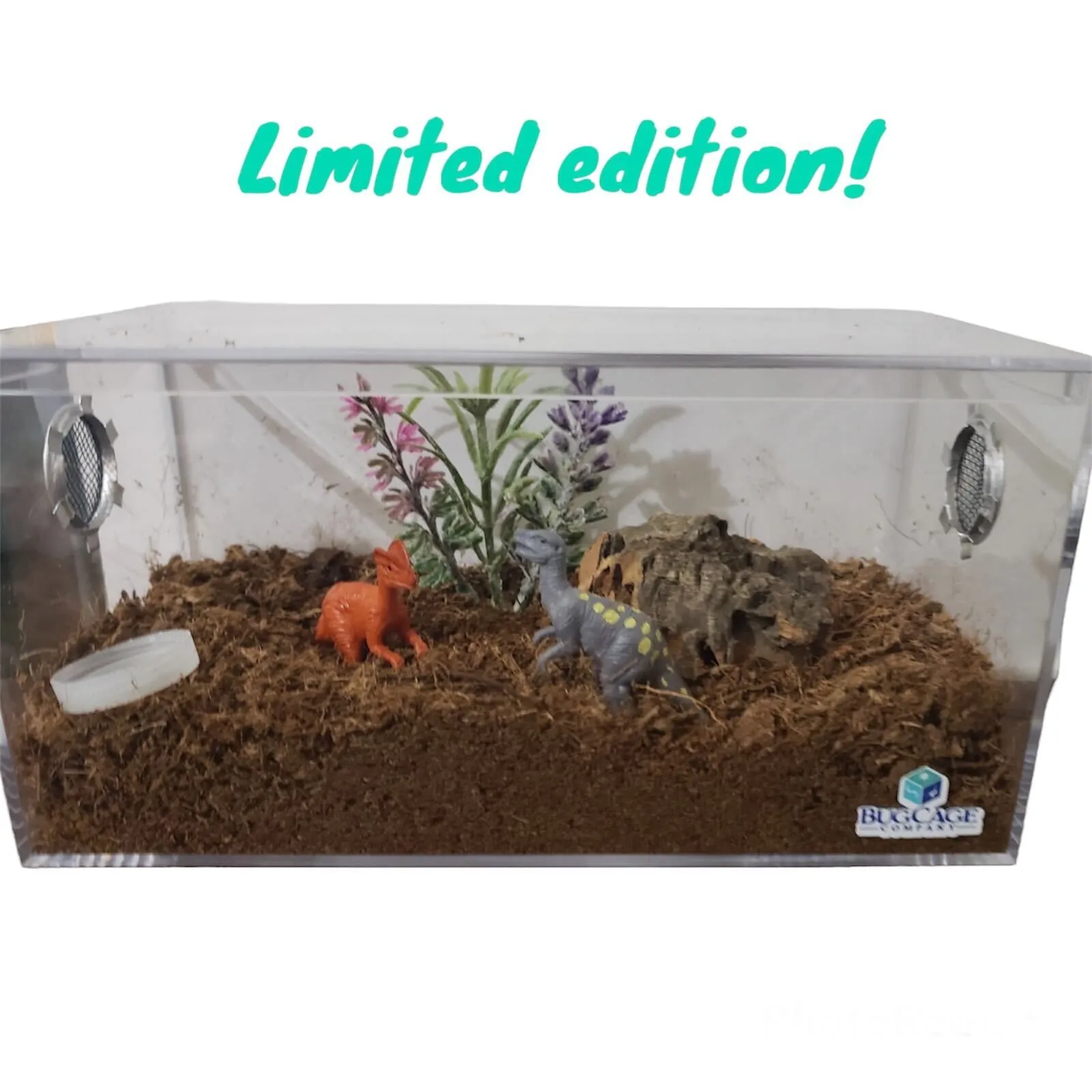
Regular cleaning and maintenance are essential to maintaining a healthy and hygienic environment for your tarantula. This involves regular spot cleaning, occasional full cleanings, and the replacement of the substrate. Proper cleaning reduces the risk of bacterial growth, mold, and other health problems. A clean enclosure not only benefits your tarantula but also makes it more pleasant to observe and enjoy. Establish a cleaning schedule and stick to it for the best results. It also enhances the overall lifespan of your tarantula, contributing to a happier and healthier pet.
Regular Cleaning Schedule
Establishing a regular cleaning schedule is important. Spot cleaning should be performed frequently, usually on a weekly basis, to remove any uneaten food, feces, or other waste. Full cleanings, which involve replacing the substrate and cleaning the entire enclosure, should be done less frequently, typically every few months or when the substrate becomes heavily soiled. The exact frequency depends on the size of the enclosure, the species of tarantula, and the amount of waste produced. Adjust the cleaning schedule as needed to maintain a clean environment. Cleaning regularly helps prevent health issues and maintains a healthy habitat for your tarantula.
Spot Cleaning vs. Full Cleaning
Spot cleaning and full cleaning are different aspects of enclosure maintenance. Spot cleaning involves removing any visible waste, uneaten food, and other debris. Use a pair of long tongs to remove waste without disturbing the tarantula too much. Full cleaning requires removing the tarantula (safely), removing all the substrate, and cleaning the enclosure with a mild disinfectant. After the enclosure is cleaned, replace the substrate and allow it to dry completely before returning the tarantula. Always wash your hands thoroughly before and after cleaning the enclosure. A thorough understanding of these two cleaning methods ensures a healthy and sanitary living space for your tarantula.
Common Mistakes to Avoid When Setting Up a Tarantula Cage Kit
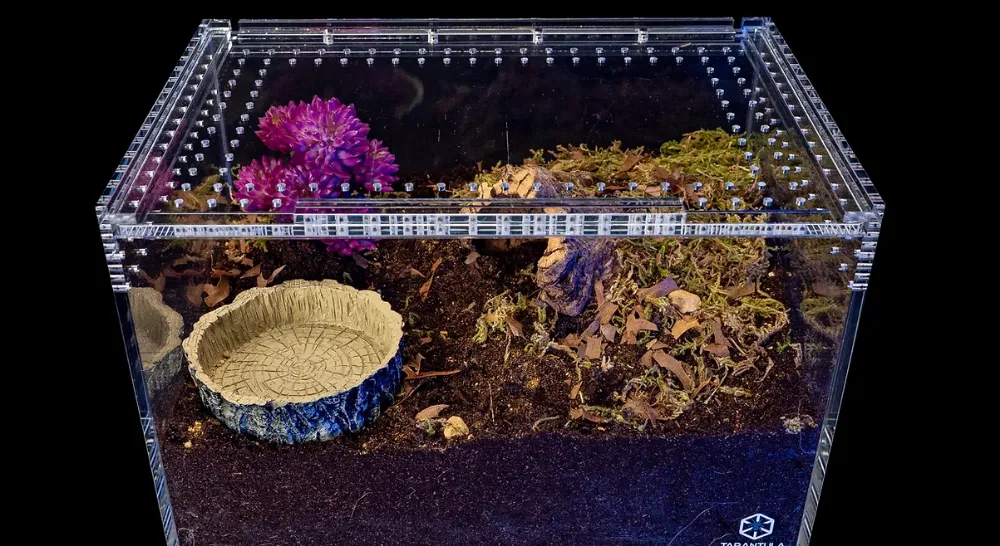
Several common mistakes can negatively impact a tarantula’s well-being. Understanding and avoiding these mistakes is crucial for successful tarantula care. Some common pitfalls include using the wrong cage size, selecting an inappropriate substrate, and failing to provide proper ventilation. It is essential to do your research and learn about the specific needs of the tarantula species you are keeping. Correcting these common errors will enhance your tarantula’s living conditions. Avoiding these common pitfalls will contribute to a healthier and happier life for your pet. Thorough research and due diligence are key.
Overcrowding the Cage
Overcrowding the cage is a common mistake. Tarantulas are solitary creatures and do not thrive in crowded environments. Overcrowding can lead to increased stress, competition for resources, and aggression. The cage should be large enough to allow the tarantula to move around comfortably and exhibit its natural behaviors. Avoid keeping multiple tarantulas in the same enclosure, unless they are a communal species and you have the proper experience and knowledge. Providing adequate space ensures the tarantula has the room it needs to thrive.
Using the Wrong Substrate
Choosing the wrong substrate can be detrimental. The substrate must be appropriate for the species and should be able to maintain humidity levels. Some substrates hold too much moisture, leading to mold growth. Others do not hold enough, causing the enclosure to become too dry. The best way to prevent any issues is to research the specific substrate requirements of your species. The right substrate provides a healthy environment and allows the tarantula to burrow and thrive.
The Benefits of a Tarantula Cage Kit
Investing in a tarantula cage kit offers numerous benefits. These kits simplify the setup process by providing all the essential components in one convenient package. They often include pre-selected items tailored to the specific needs of tarantulas. Cage kits can save time and money by eliminating the need to purchase each component separately. They also can help to provide a safe, enriching environment for your tarantula, supporting their overall health and happiness. The convenience and comprehensive nature of the kits contribute to a smooth start for tarantula owners, enabling them to provide the best possible care for their new pets.
Ready-Made vs. DIY Tarantula Cage Kits
When it comes to tarantula cage kits, you have the option of purchasing a ready-made kit or assembling one yourself. Ready-made kits offer the convenience of having all the essential components pre-selected and included in one package. They are ideal for beginners or those seeking a hassle-free setup. DIY kits involve sourcing and assembling the components yourself. This approach offers more customization and the ability to choose specific items. Both options have their pros and cons. Ready-made kits save time, while DIY kits allow for more personalization. The choice depends on your preferences, budget, and the level of control you desire. Determine which option suits your specific needs and experience level. Consider what works best for you.
Where to Buy Your Tarantula Cage Kit
Tarantula cage kits are available from various sources, both online and in-person. Reputable pet stores, specialty reptile shops, and online retailers specializing in exotic pets often carry a wide selection of kits and individual components. When choosing a supplier, look for a company with a good reputation, a wide selection, and knowledgeable staff. Read reviews from other customers to ensure the quality and reliability of the products. Consider the availability of customer support and the return policy. Buying from a reputable source ensures you receive high-quality products and expert advice, helping you create a thriving habitat for your tarantula. Compare prices and options from different retailers before making your purchase.
